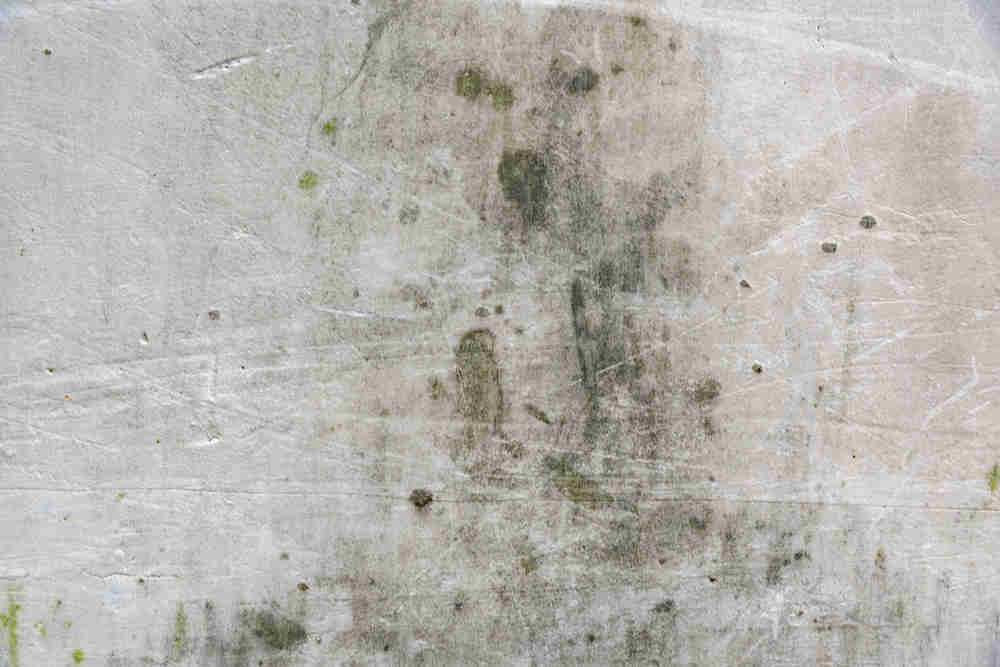Mold. Just the word might make you cringe a little, especially if you’ve ever dealt with it in your home. But here’s the thing—it’s not just an eyesore or a cause for a musty smell. Mold can lead to serious health issues and cause significant damage to your home if left unchecked. The tricky part? Mold is a master of disguise, thriving in places you might never think to look.
So, let’s get into it. Where does mold commonly hide, and what can you do about it?
1. Behind Drywall
Ever noticed a weird, earthy smell that you can’t quite place? It might be mold lurking behind your walls. Mold loves damp, dark places, and drywall provides the perfect environment. Leaky pipes or poor ventilation can allow moisture to seep in, creating the ideal conditions for mold to grow where you can’t see it. To catch mold in its tracks, pay attention to any discoloration, bubbling paint, or persistent odors. If you suspect it’s there, professional mold removal Denver, Co might be your best bet.
2. Under Carpets and Rugs
That plush carpet might feel cozy under your feet, but underneath, it could be hiding a moldy secret. If there’s been any water damage—like spills, leaks, or flooding—moisture can get trapped between the carpet and the floor.
The result? Mold starts growing before you even realize there’s a problem. Regular vacuuming and cleaning help, but if the carpet has been wet for over 24-48 hours, you might need to have it professionally cleaned or even replaced.
3. Inside HVAC Systems
Your heating and cooling system keeps your home comfortable, but it can also be a mold hotspot. Dust, humidity, and condensation in ducts and vents create the perfect conditions for mold growth.
When was the last time you checked your HVAC filters? Or cleaned your air ducts? If you can’t remember, it’s time to take action. Regular maintenance not only prevents mold but also keeps the air in your home cleaner and healthier.
4. In the Bathroom (Not Just the Shower)
Bathrooms are a no-brainer when it comes to mold, but you might not be looking in all the right places. Sure, the shower tiles and grout are obvious suspects, but don’t forget to check:
- Under the sink – Leaks from pipes can lead to mold under the cabinet.
- Around the toilet base – If the seal is damaged, water can seep into the floor.
- Behind the toilet tank – Condensation on the back of the tank can drip down and create mold on walls or floors.
Keeping your bathroom ventilated and wiping down surfaces after a shower can make a big difference.
5. Under the Kitchen Sink
Think about how often you use your kitchen sink. All that water, combined with a potential leaky pipe or poor drainage, makes the cabinet underneath a prime mold location. It’s dark, often damp, and usually full of cleaning supplies that you might not move around often.
Make it a habit to periodically clear out the area under your sink and check for any signs of water damage or mold growth. And while you’re at it, keep an eye on your garbage disposal and dishwasher—they can also leak and contribute to mold.
6. In Attics and Crawl Spaces
When was the last time you looked in your attic or crawl space? These areas often go unnoticed for months, even years, which gives mold plenty of time to thrive. Poor ventilation, roof leaks, or condensation can create damp environments where mold flourishes.
If you’re not inspecting your attic or crawl space regularly, you might be in for a surprise. Luckily, there are many mold remediation companies near me that can help you fix this issue and restore your home. To prevent the problems from popping up in the first place, make it a point to check these areas a couple of times a year and fix any leaks or ventilation issues as soon as they pop up.
7. Around Windows and Window Sills
Windows are a sneaky spot for mold, especially if they’re older or not sealed properly. Condensation on the glass can drip down and soak into the wood or surrounding materials, creating the perfect breeding ground.
Check for any black or green spots on your window sills, and make sure your windows are properly sealed to keep moisture out. Cleaning the sills and frames regularly can help, too.
What Can You Do to Prevent Mold?
Now that you know where mold likes to hide, what can you do to keep it at bay? Here are a few simple steps to reduce the chances of mold taking hold in your home:
- Control humidity levels – Keep indoor humidity below 50%. A dehumidifier can help in damp areas.
- Fix leaks immediately – Whether it’s a roof leak, a dripping pipe, or a leaky window, tackle the issue as soon as you notice it.
- Improve ventilation – Use exhaust fans in the bathroom and kitchen, and ensure your home has proper airflow.
- Clean regularly – Dust, vacuum, and wipe down surfaces often to remove mold spores before they have a chance to settle.
- Keep an eye on vulnerable areas – Check the places mentioned above frequently to catch mold early.
Stay Ahead of the Problem
Mold isn’t just a cosmetic issue. It can affect your health, damage your home, and leave you with expensive repairs if ignored. The good news? With regular checks and proper maintenance, you can keep mold from becoming a major problem.
Think of these hidden spots as your mold watchlist. By keeping an eye on them and tackling any moisture issues head-on, you’ll be protecting both your home and your family. Mold might be sneaky, but with the right knowledge, you’re always one step ahead.









